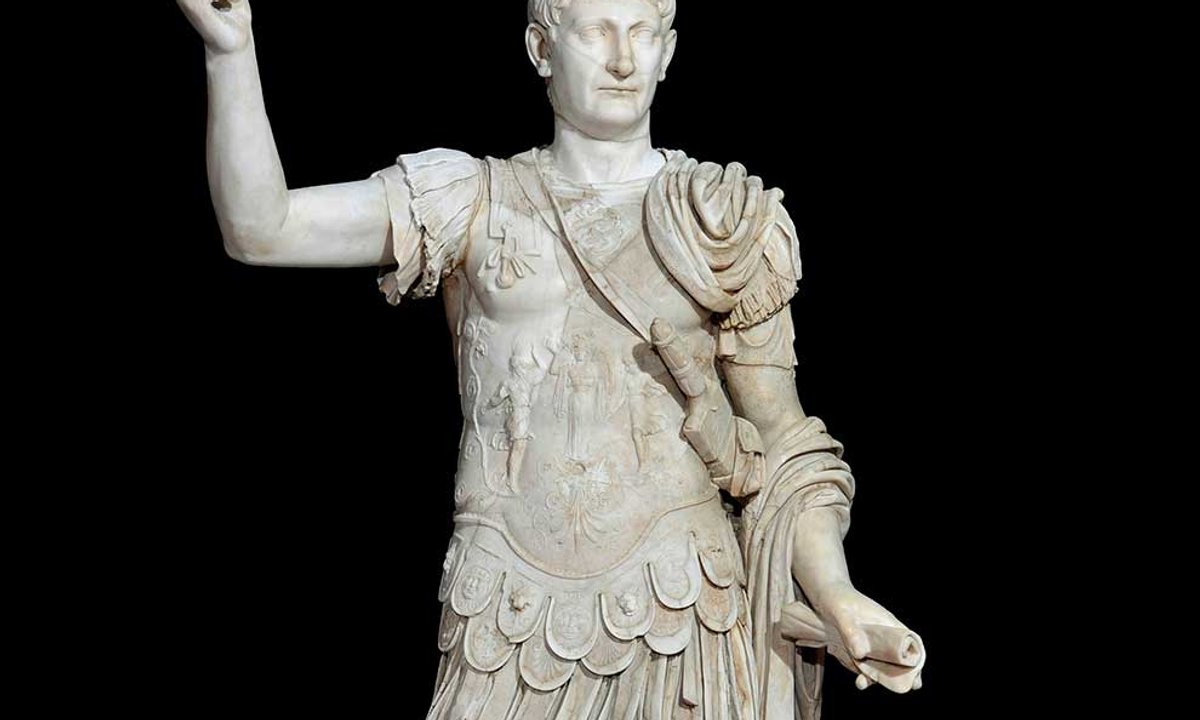
"Ancient Rome reached its apogee under Trajan, emperor from AD98 to AD117. The empire would never be larger than when he died, aged 63, and his rise from humble Spanish origins to a reign marked by military triumphs and civic beneficence gave Rome what we might now call a rebranding. Trajan's story, and his era's artistic legacy, will reach the US this month, when the Museum of Fine Arts, Houston opens Art and Life in Imperial Rome: Trajan and His Times."
"Standout Mann works coming to Texas include a 2m-tall marble statue of Trajan, dating to the early second century. Another oversize statue, of Sabina, the wife of Trajan's successor Hadrian, is arriving from the archaeological park at Ostia Antica. The work, showing Sabina dressed as the goddess Ceres, has never been loaned outside Italy, says the show's in-house curator, Danielle Smotherman Bennett."
"No more big wigs The art and objects of Trajan's reign, Bennett says, have distinct characteristics, including "simpler lines" and default depictions of the emperor dressed as a soldier rather than a deity or a patrician. Depictions of women also differed, she adds, citing the colossal portrait of Plotina, Trajan's wife, on loan from the Vatican's Museo Pio-Clementino. The figure's hair, she says, has a less adorned style than "those big wigs with elaborate curls" that marked earlier depictions of women."
Trajan expanded Rome to its greatest territorial extent by AD117 and combined military success with civic beneficence. A major exhibition at the Museum of Fine Arts, Houston presents Trajan-era art and loans from Italy’s key antiquities collections, including the Museo Archeologico Nazionale di Napoli and the Vatican Museums. Highlights include a 2m marble statue of Trajan and an oversize statue of Sabina from Ostia Antica never before loaned outside Italy. Trajanic art shows simpler lines, portrayals of the emperor as a soldier, and restrained female hairstyles exemplified by portraits such as Plotina. The exhibition will travel to Saint Louis in March 2026.
Read at The Art Newspaper - International art news and events
Unable to calculate read time
Collection
[
|
...
]